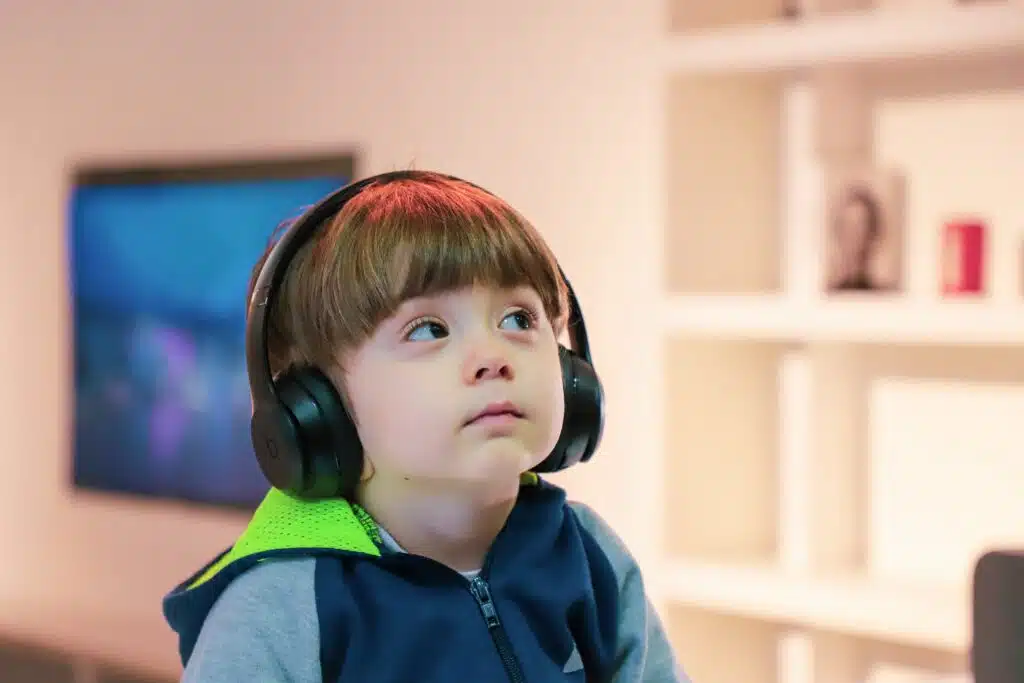Sensory processing sensitivity consists of symptoms and related behaviours that affect a person irrespective of their age or gender when they face problems taking in information from their senses and replying properly to it.
People with sensory processing sensitivity can be under sensitive or oversensitive to their environments. The information can be related to hearing, sight, touch or texture, smell, and taste. It can also be information linked to internal sensations in the body, such as movement and pain sensations.
A few people with sensory processing sensitivity might act in uncommon ways or ways that are not normal for their age. Others might avoid specific activities.
Sometimes, people have trouble with sensory information. However, when these reactions occur frequently, or for long duration, they can affect social interaction, behaviour, learning, or development.
People with sensory processing sensitivity might be:
- Oversensitive (hypersensitive) – They take in very much sensory information
- Undersensitive (hyposensitive) – They take in very little sensory information.
Sensory processing sensitivity affects up to 1 in 6 people.
Difference between Sensory Processing Sensitivity and Sensory Processing Disorder
You might have heard the terms Sensory Modulation Disorder or Sensory Processing Disorder. These are not recognised disorders in Australia. However, these terms are used at times when sensory processing sensitivity gets in the way of daily activities.
Sensory Processing Sensitivity (SPS) is regarded as a biological trait that originates from a hypersensitive nervous system. It does have certain similarities to Sensory Processing Disorder (SPD) that also leads to sensory processing issues, however, the two are quite different. As opposed to SPS, SPD stems in the brain, and it comprises neurological difficulty with organising and detecting sensory signals. SPS is not a formal condition, whereas SPD is.








